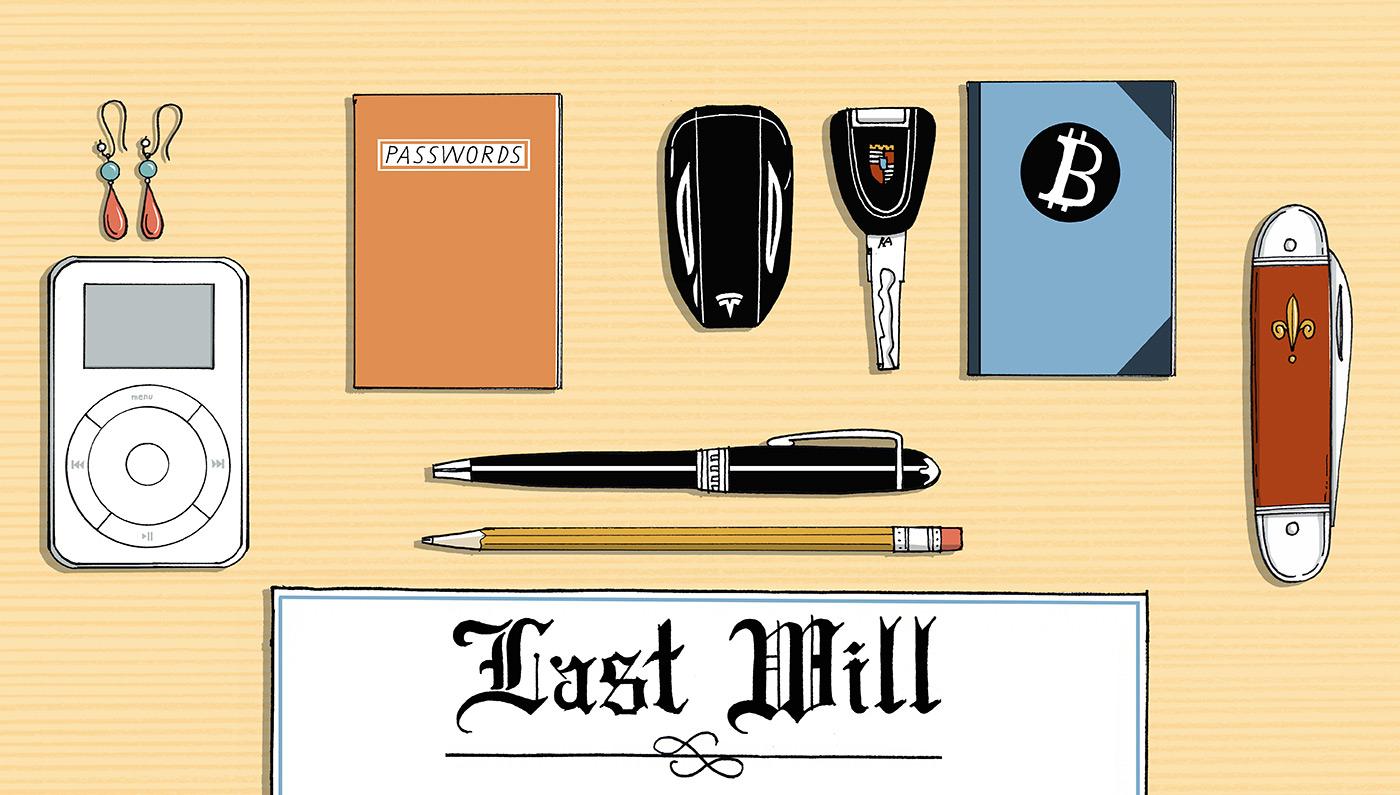Good news! In Canada, there is no inheritance tax. Before you turn your next funeral into a party, however, there’s some bad news too: that money still gets taxed. The Canada Revenue Agency (CRA) treats the deceased’s estate as a sale and — unless the estate is inherited by the surviving spouse or common-law partner, in which cases exceptions apply — taxes it accordingly. That means you, the recipient, will not pay taxes on the amount you inherit, but because the estate is taxed before it’s distributed, you will not inherit as much.
Also important to note, in case you’re responsible for it: whatever amount the deceased owed in taxes upon death should be settled with what’s called the deceased tax return. Once that’s complete, whatever’s left over can be distributed.
How Canadian estates are settled
Here’s an overview of what happens when someone dies (at least in terms of their estate; for bigger questions, you’re on your own):
Their legal representative(s), the executor, arranges to file a deceased tax return to the CRA. The due date of this return depends on the date the person died. Any taxes owing from this tax return are taken from the estate before it can be settled (dispersed).
Once the executor has settled the estate, they must ask the CRA for a clearance certificate. This confirms that all income taxes have been paid or that the CRA has accepted security for the payment. As a legal representative, it is important to get this clearance certificate before distributing any property.
If you do not get a certificate, you can be held personally liable for any amount the deceased owes.
Canada’s inheritance tax rates
All income earned by the deceased is taxed on a final return.
Non-registered capital assets are considered to have been sold for fair market value immediately prior to death. Half of any capital gains are included in the deceased’s income, and added to all other income of the deceased on their final return where income tax will be calculated at the applicable personal income tax rates.
The fair market value of a Registered Retirement Savings Plan (RRSP) or a Registered Retirement Income Fund (RRIF) is included in the deceased person’s income and taxed at the regular applicable personal income tax rates with no special treatment for any capital gains earned within the RRSP or RRIF.
Inheritance tax exemptions
These include the Principal Residence Exemption and the Lifetime Capital Gains Exemption.
Probate fees
An estate administration tax, also known as probate, is imposed by a province or the federal government based on the right to transfer a person’s assets to their heirs after death. An estate tax is based on the overall value of the deceased person’s estate. The estate is liable for paying the estate tax.
In Canada, the CRA does not tax the assets of an estate but they do require that all of the tax owing on income up to the date of death be paid. When the executor files the final tax return, it should include any income the deceased received since the beginning of the calendar year.
Some examples of income include:
Canada Pension Plan
Retirement pensions
Employment income
Dividend income
It’s important to understand that all of your assets are deemed to have been “sold” just prior to death for tax purposes. This would include real estate, land, businesses, investments, and your RRSPs. This is referred to as deemed disposition. Certain assets may be eligible for tax exemptions, such as the deceased’s principal residence and privately held shares.
The deemed disposition can potentially trigger considerable taxation. If a spouse is a beneficiary, there could be some rollover provisions where the tax may not be triggered now but deferred until later.
In addition to income tax, provinces institute probate fees. Probate fees vary from province to province and are based on the total assets of the estate.
Let’s use Bob’s estate as an example:
Personal residence = $590,000
Bank account = $22,000
Cottage = $225,000
Non-Registered Investments = $85,000
RRSPs = $90,000
Tax-Free Savings Account (TFSA) = $48,000
Life insurance death benefit = $150,000
For probate purposes, assets with a named beneficiary such as life insurance proceeds, RRSPs, and the Tax-Free Savings Account (TFSA) are not included. These assets can bypass probate with the direct beneficiary designation unless the designation is the estate. In addition to these direct beneficiary-designated assets, joint assets are typically not included for probate because the surviving joint owner becomes the owner of the asset.
Inheriting tax-advantaged accounts (when the account holder is still living)
In general, if you transfer RRSPs or RRIFs to your spouse during your lifetime, you’ll pay tax on the full amount at the time of transfer. A more preferable option is to hang on to the money and to split the income taken from RRSPs/RRIFs with your spouse at age 65.
Transfers of assets to children — minor or adult — occur at FMV, but accrued gains at the time of transfer are taxed in the hands of the transferee. In the case of minor children, dividends and interest income will be attributed back and taxed in the hands of the transferor.
Inheriting tax-advantaged accounts (when the account holder is deceased)
When you leave untaxed accumulations in your RRSP or RRIF, you are deemed to have received the FMV of all assets in your RRSP or RRIF immediately prior to death.
If there is a surviving spouse, the assets may be transferred tax-free to that person’s registered plan. If there is no surviving spouse, unless another beneficiary is specified the RRSP assets are transferred to the estate. Any decrease in value of RRSP assets while held in the estate may be used to decrease the income reported on the deceased’s final return.
Earnings in your TFSA are tax-free during your lifetime, but not after death; however, assets may be rolled over to the TFSA of a surviving spouse or common-law partner if they were named as successor annuitant.


